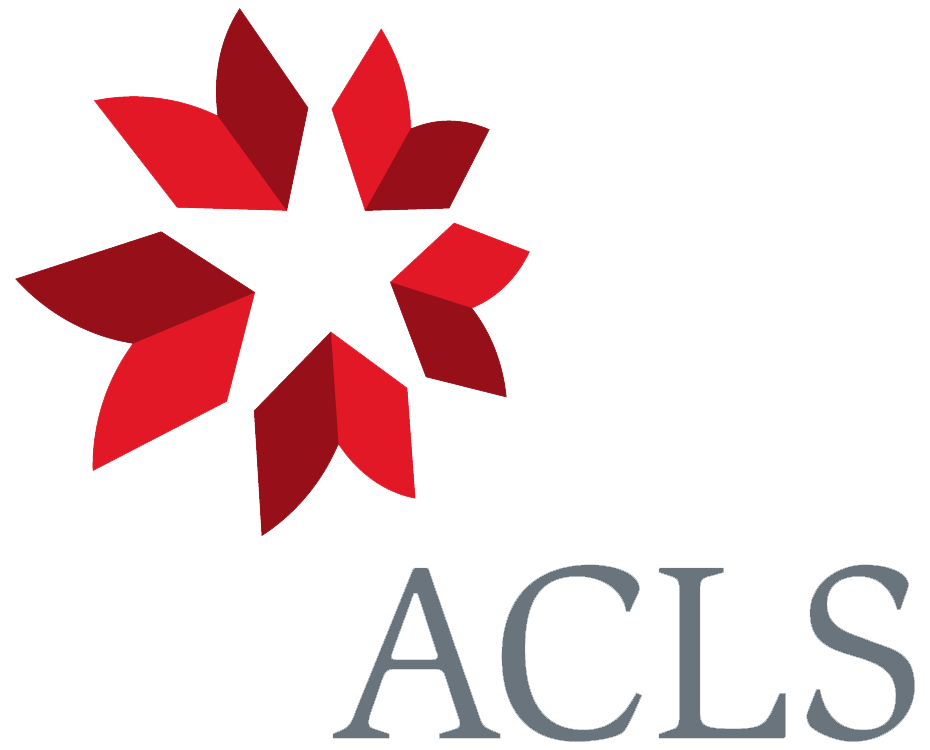From Philip Lutley Sclater [3? February 1860]1
Land-birds of Galapagoes2
1. Craxirex galapagoensis. I believe to be difft. from anything on the main.
2. Strix punctatissima occurs in Ecuador. I have examined speci- mens collected by Fraser at Quito.3
3. Otus galapagoensis occurs in S.A. as I believe
4. Progne modesta I have never seen from the main.
5. Pyrocephalus nanus occurs in Ecuador (Fraser) at least I believe it the same4
6 — dubius a doubtful species? probably = nanus.
7 Myiobius magnirostris, probably peculiar to Galapagoes
8
9 Three Mimi all peculiar but M. parvulus is hardly
10 separable fr. M. melanotis
11. ‘Wren’ Journal p. 378. I do not know what this is: not mentd.in Zool. of Beagle?5
12. Zenaida galapagoensis probably occurs on mainland—
13–25—&Geospizinæ— I have every reason to believe this group of Finches quite peculiar to these islands and “Bow island” whence one was obtd. during voyage of the ‘Sulphur’ see Zool. of Sulphur p. 426
P. L. S.
CD annotations
Footnotes
Bibliography
Belcher, Edward. 1844. Zoology of the Voyage of HMS "Sulphur". Edited by Richard Brinsley Hinds. 2 vols. London.
Birds: Pt 3 of The zoology of the voyage of H.M.S. Beagle. By John Gould. Edited and superintended by Charles Darwin. London: Smith, Elder and Co. 1839–41.
Correspondence: The correspondence of Charles Darwin. Edited by Frederick Burkhardt et al. 29 vols to date. Cambridge: Cambridge University Press. 1985–.
Journal of researches (1860): Journal of researches into the natural history and geology of the countries visited during the voyage of HMS Beagle around the world, under the command of Capt. FitzRoy RN. By Charles Darwin. Reprint edition. London: John Murray. 1860.
Journal of researches 2d ed.: Journal of researches into the natural history and geology of the countries visited during the voyage of HMS Beagle round the world, under the command of Capt. FitzRoy RN. 2d edition, corrected, with additions. By Charles Darwin. London: John Murray. 1845.
Journal of researches: Journal of researches into the geology and natural history of the various countries visited by HMS Beagle, under the command of Captain FitzRoy, RN, from 1832 to 1836. By Charles Darwin. London: Henry Colburn. 1839.
Origin: On the origin of species by means of natural selection, or the preservation of favoured races in the struggle for life. By Charles Darwin. London: John Murray. 1859.
Richmond, Charles W. 1902. Note on Pinaroloxias inornata (Gould). Proceedings of the Biological Society of Washington 15: 247–8.
Summary
Lists land birds of Galapagos and discusses their distribution on mainland of S. America.
Letter details
- Letter no.
- DCP-LETT-2683
- From
- Philip Lutley Sclater
- To
- Charles Robert Darwin
- Sent from
- unstated
- Source of text
- DAR 205.3: 289
- Physical description
- AmemS 1p
Please cite as
Darwin Correspondence Project, “Letter no. 2683,” accessed on
Also published in The Correspondence of Charles Darwin, vol. 8


